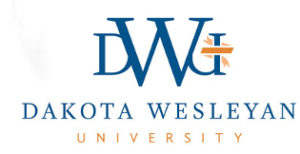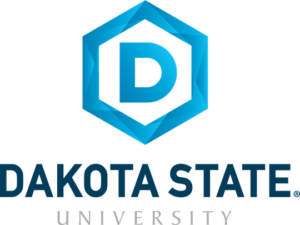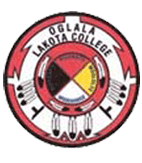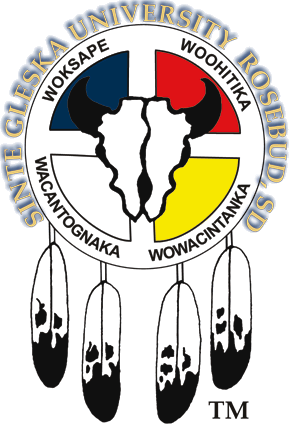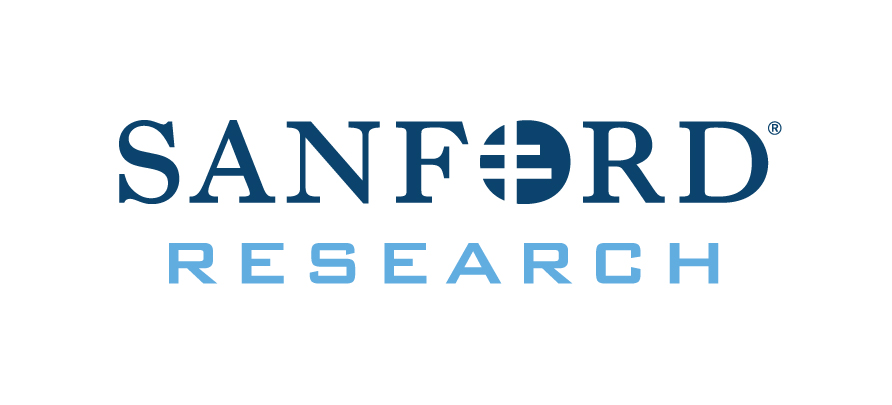Who We Are
The National Science Foundation created the Established Program to Stimulate Competitive Research (EPSCoR) in 1979 because Congress recognized the uneven distribution of federal research and development grants. After World War II, federally funded academic research grew dramatically, but national science policy at the time tended to funnel resources to a small number of centers of excellence.

This status quo ignored the dramatic growth in regional educational and research institutions. In every state, talented young people aspired to careers in science, technology, engineering and mathematics, but the nation wasn’t profiting fully from the wealth of ingenuity and skill embedded across the country. EPSCoR provided a solution and is now a federal initiative spanning six agencies, including NASA, DOE, DoD, NIH, USDA and NSF.
Along with National Science Foundation, five other federal agencies have EPSCoR (or EPSCoR-like) programs in which South Dakota participates:
- National Air and Space Administration (NASA EPSCoR) with SD Space Grant Consortium
- National Institutes of Health (NIH IDeA INBRE) with South Dakota NIH IDeA (BRIN)
- Department of Energy (DOE EPSCoR)
- Department of Defense (DEPSCoR)
- Department of Agriculture (USDA EPSCoR)
South Dakota’s current $20 million NSF Research Infrastructure Improvement Program is a multidisciplinary project focused on biofilm research, development of diverse STEM workforce, K-12 STEM education and technology-based economic development.
- Increase South Dakota’s science and technology research capacity
- Provide educational opportunities for K-12, undergraduate and graduate students
- Promote science-based economic development for South Dakota
SD EPSCoR is supported by the National Science Foundation/EPSCoR Award OIA-1849206 and by the South Dakota Board of Regents.
 National Science Foundation RII Track-1 Project:Expanding Research, Education and Innovation in South Dakota
National Science Foundation RII Track-1 Project:Expanding Research, Education and Innovation in South Dakota




